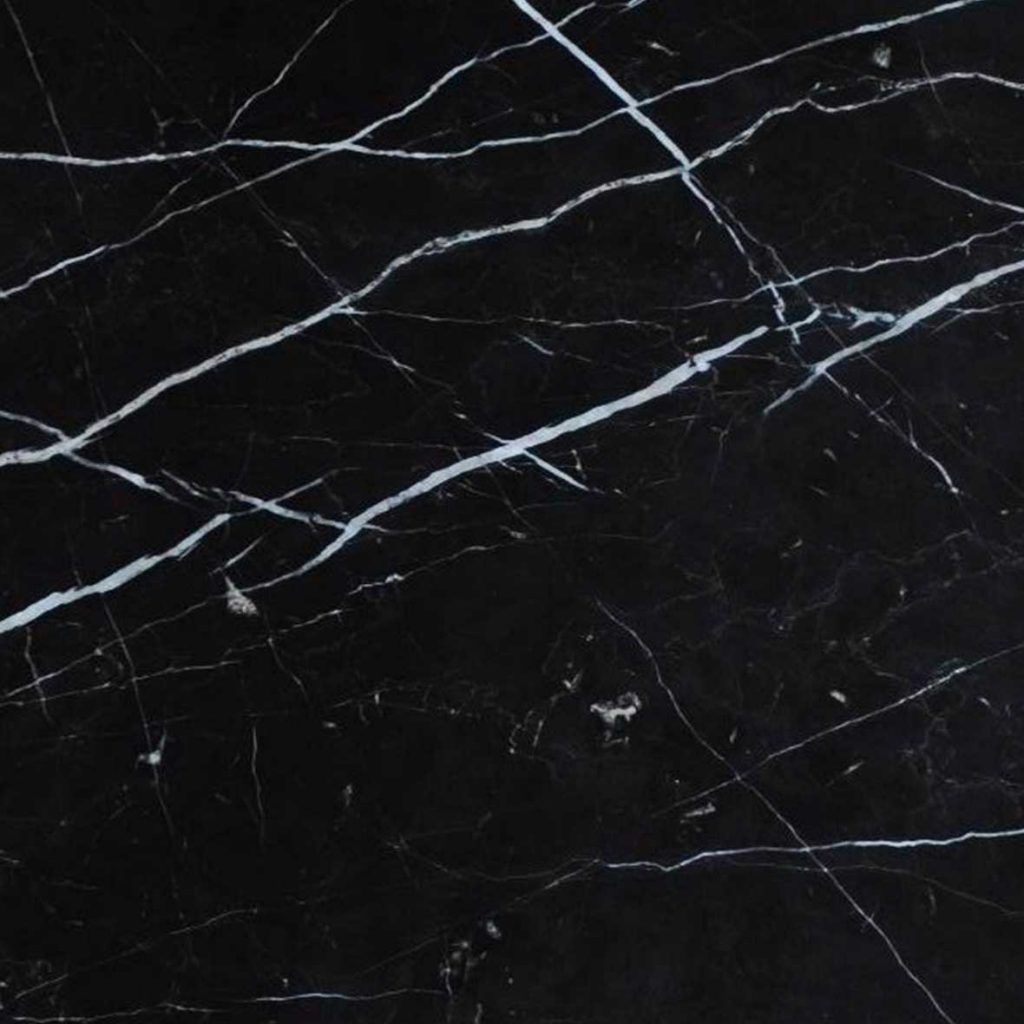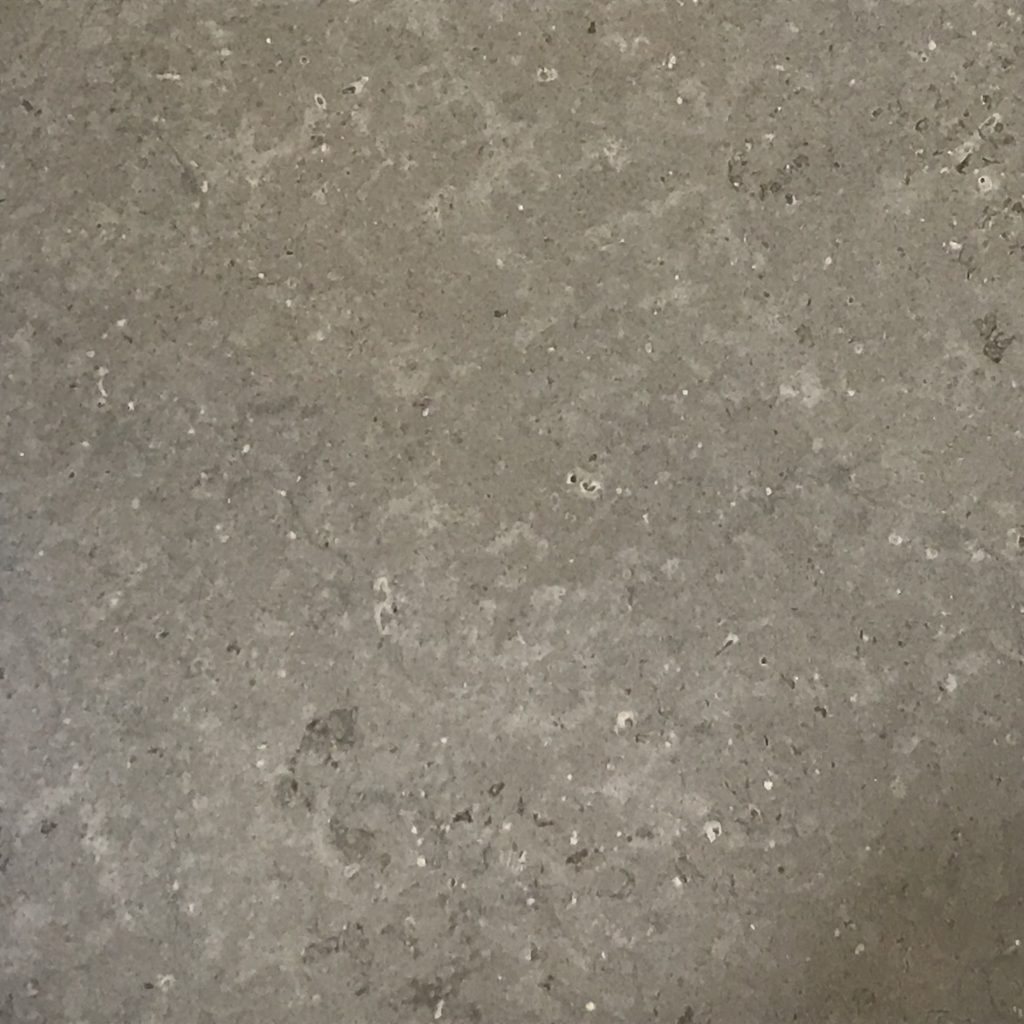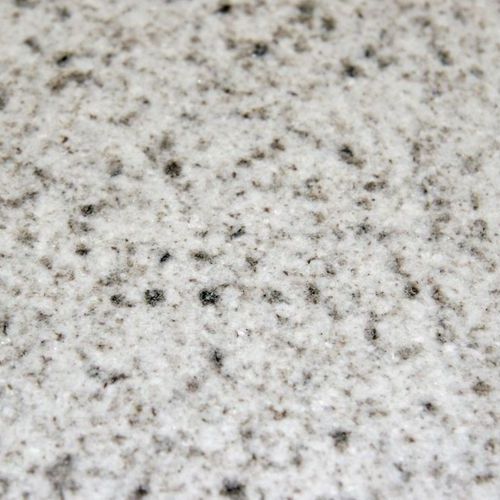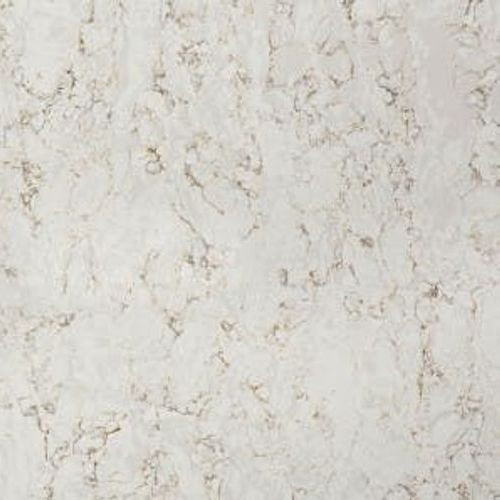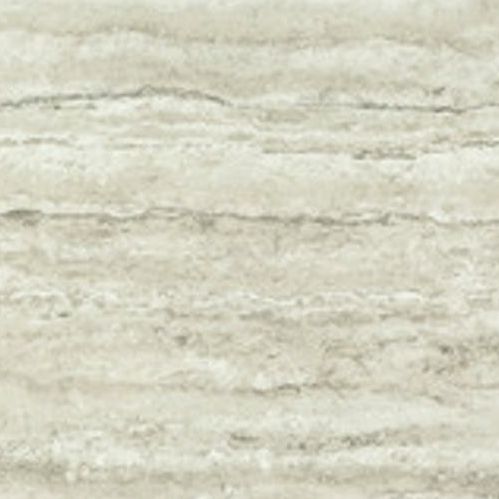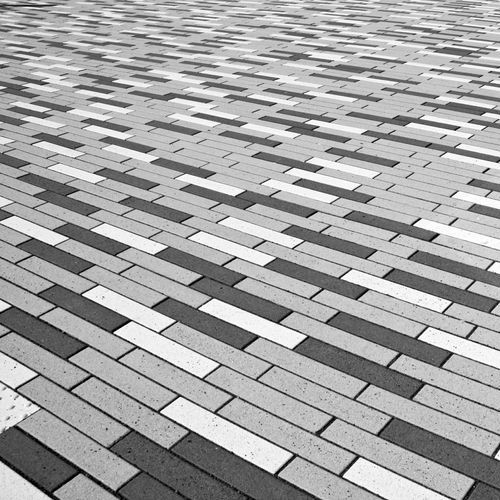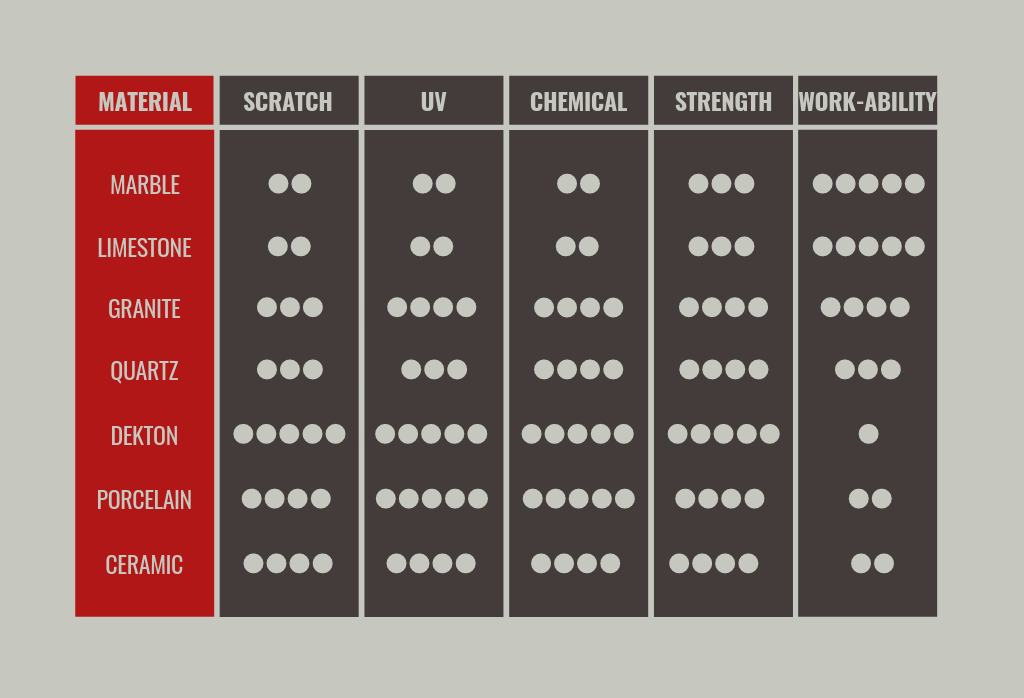This guide is here to help you understand the wonderful and vast world of stone. With such a wide variety of materials, types and finishes these guides will help provide a grounding in what is out there. Ultimately the choice of stone can come down to personal preference however when choosing a stone you should always keep clear in your mind the pro’s and con’s of each material. Just because one material is beautiful doesn’t mean its suitable for its intended purpose!
Material Classes
Today’s products come from two classes of material. Firstly there is natural stone. This will involve some form of quarrying and post-processing to produce a useful product. Then there are synthetic or engineered stones. These usually involve some degree of heat, pressure, binders and other technological marvels to achieve a useful product.
Natural Stone
These materials are quarried from rock deposits across the globe. Stone is typically quarried from an open pit mine from the surface of the earth. Through using heavy industrial equipment and explosives, the stone is extracted from the ground in ‘block’ form where it’s sent for further processing at slab factories. This video is a good example of the typical quarrying process. The benefit of using natural stone is just that. Natural stone is natural. The veining, grains and patterns are incredibly difficult to replicate in a man-made way.
Synthetic and Engineered Stone
With the development of technology and engineering over the past 50-60 years, man-made alternatives have surfaced. Using combinations of raw materials, resins and colourings combined with high pressure and heat have given way to a whole plethora of materials. From Quartz to Dekton these ‘new’ materials can do it all. Typically very hard and chemically inert they are also relatively green. Nowadays most synthetic stones utilise recycled materials making it a great green material.
Material Types
Material Comparison Chart
Below is a chart to help compare materials. Generalisations have been made over these materials as there is such variety available for each material type. So please use this chart for reference only. We always recommend to get in contact with us to check if your chosen material is suitable for your application. For advice on what material finishes are available, check out our material finishes guide.
